Beautiful, sustainable, profitable: A Cumbrian farmhouse for sale that generates £200k a year
This 154-acre fenced farm near Maulds Meaburn hasn't used fertiliser since 2008 and has ambitious plans for restoring the landscape.
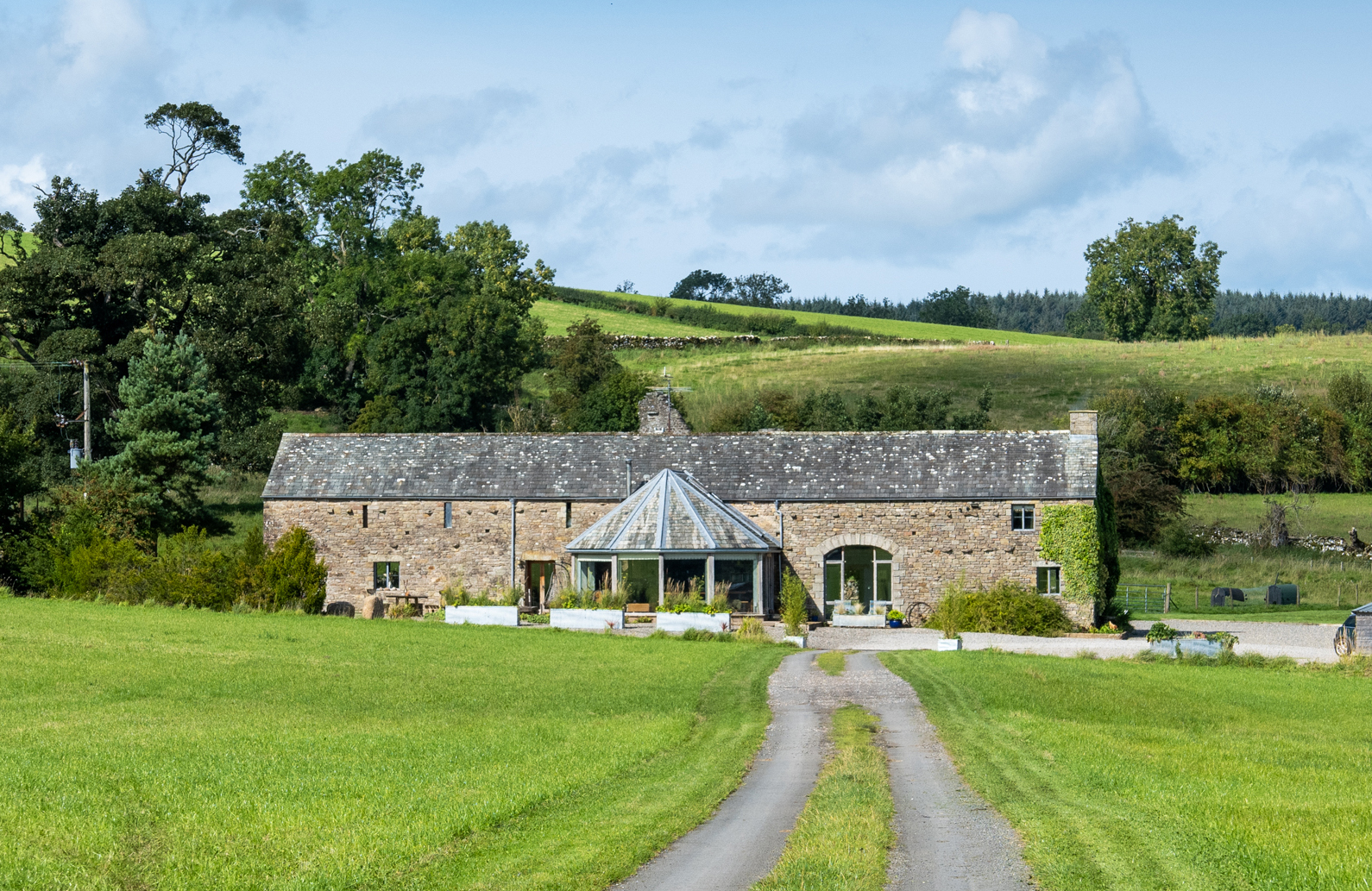

THE medieval village of Maulds Meaburn in Cumbria dates from the 12th century, when King Henry II gave part of the lands of Meaburn to Sir Hugh de Morville and the other part to his sister, Maud de Veteripont. When Sir Hugh fell out of favour, the King reclaimed his land and that village was known thereafter as King’s Meaburn; the village once owned by Maud is still known as Maulds Meaburn. Said to be one of only three villages left in England where the green is still grazed by sheep, Maulds Meaburn sits either side of the Lyvennet Beck, which rises on nearby Crosby Ravensworth Moor, an area rich in ancient remains. From there, the beck flows northwards through Crosby Ravensworth, Maulds Meaburn and King’s Meaburn, emerging as the River Lyvennet, which joins the River Eden near the village of Temple Sowerby, eight miles east of Penrith.
Located to the north of Cumbria’s Howgill Fells, the remote pastoral landscape of the Westmorland Dales has been the north-west outpost of the Yorkshire Dales National Park since 2016. This scenic, but relatively little-known part of east Cumbria covers an area of 200 square kilometres (77 square miles) from Maulds Meaburn in the north to Tebay in the south-west and Ravenstonedale in the south-east. Tucked away between the Lake District and the Yorkshire Dales, it boasts no fewer than 79 Scheduled Monuments, 19 Sites of Special Scientific Interest (SSSIs) and two National Nature Reserves.
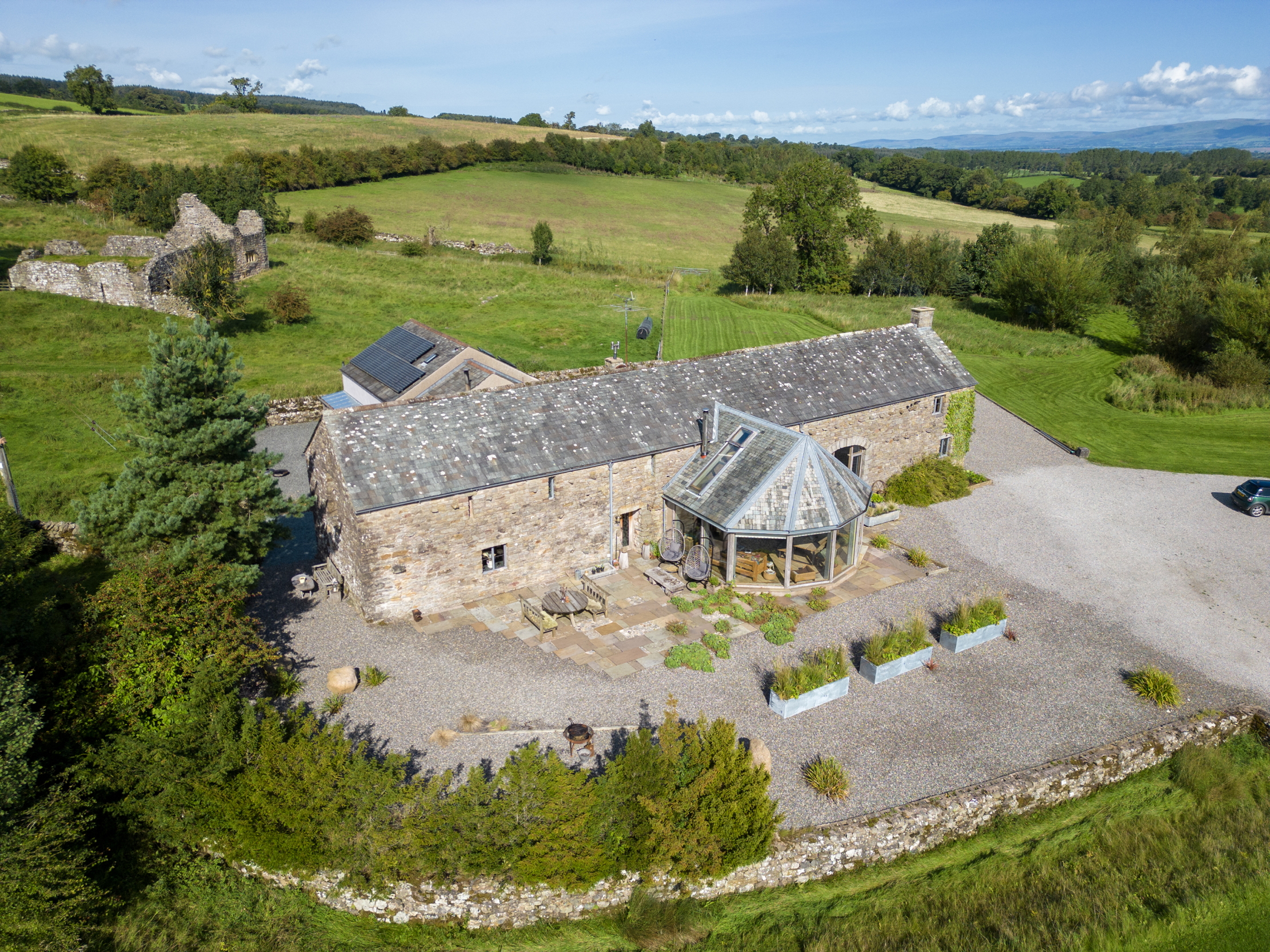
Here, Sam Gibson of Galbraith’s Hexham office (01434 693693) is handling the once-in-a-lifetime sale of Crake Trees Manor Farm, a traditional Westmorland holding at Maulds Meaburn, which comes to the market with a guide price of £2.8 million for the whole, or in up to 11 lots. For the past 30 years or more, the 154-acre, ring-fenced mixed farm has been developed by owners Mike and Ruth Tuer along regenerative farming lines, with no fertiliser broadcast since 2008 and the use of sprays and chemicals kept to an absolute minimum.
Starting from scratch, the couple converted a 19th-century barn into an impressive five-bedroom family farmhouse, incorporating a mix of original features, locally sourced materials and elegant modern fittings. Crake Trees Manor stands in an idyllic location at the end of a long sweeping drive, surrounded by rolling fields and open countryside with glorious panoramic views over the Pennine Ridge.
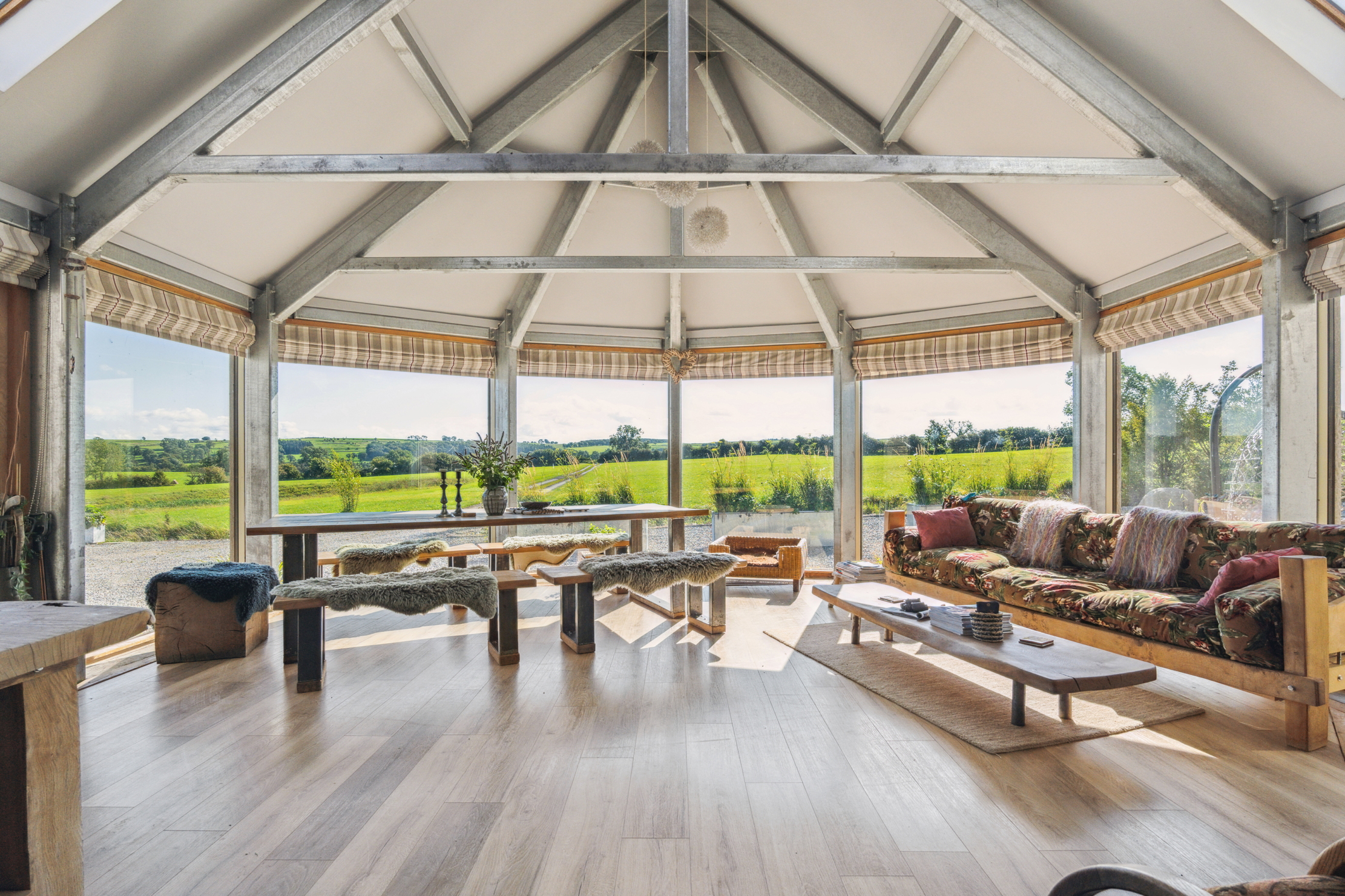
Over the years, it has been the nerve centre of a successful B&B, camping and wedding business, which currently generates an income of some £200,000 annually. Assets involved include the farmhouse, some excellent outbuildings, a detached bungalow, party barn, four glamping pods and a camping field with planning consent for 40 tents. Additional income of some £15,000 a year is derived from a Countryside Stewardship Higher Level Tier scheme, which runs until December 31, 2031.
Located in the grounds are the atmospheric ruins of Crake Trees Tower House, a Grade II-listed Scheduled Monument. Built in the 14th century and enlarged in the 16th or 17th centuries, it is said to have been a residence of the powerful Lancaster family. Windows of various dates, a stone newel stair and a number of fireplaces remain; the barrel vault to the tower’s ground floor also survives intact.
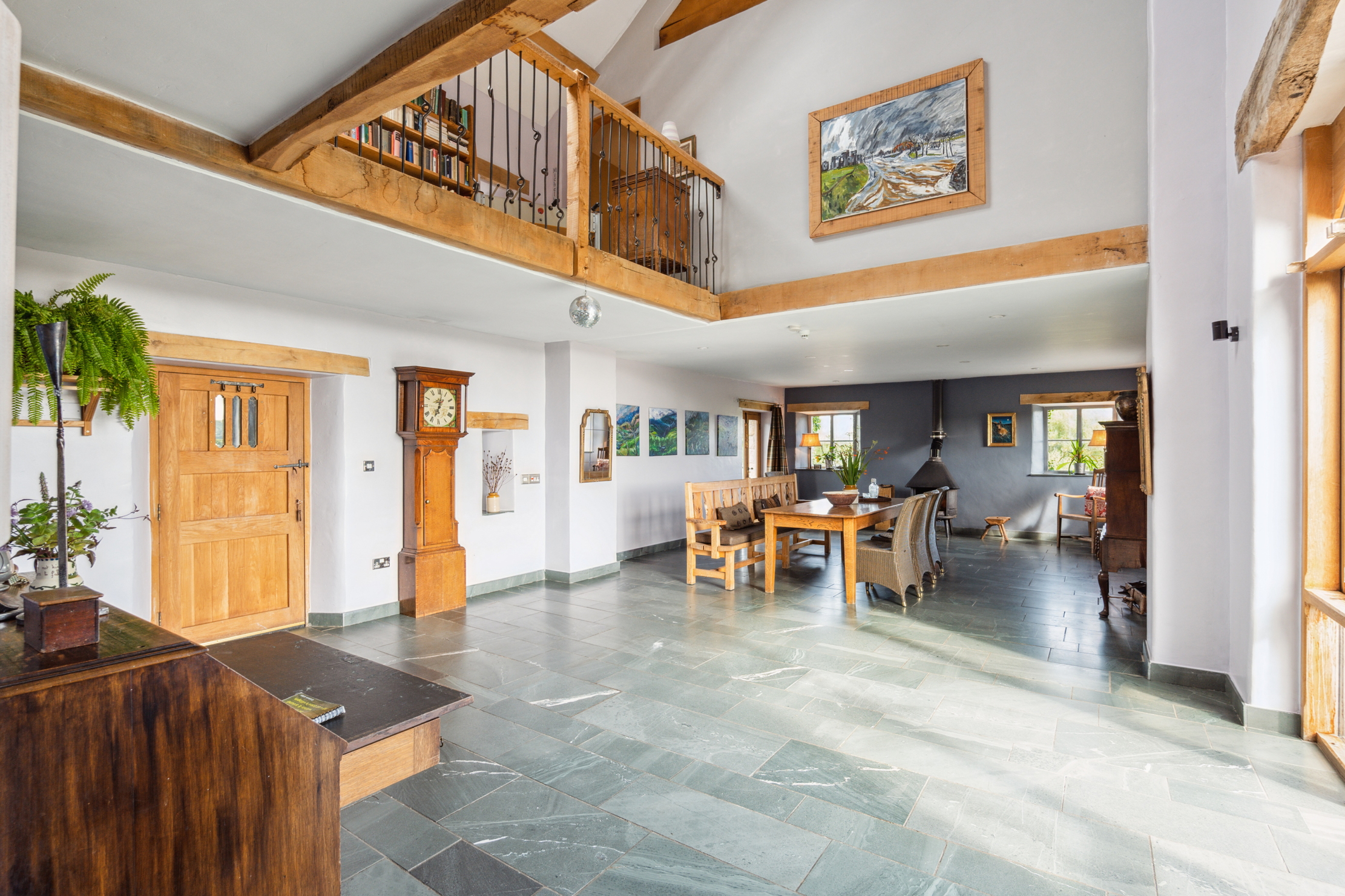
Mr and Mrs Tuer will also leave a remarkable environmental legacy in the Crake Trees wetland and river restoration project. Following a partnership forged in 2020 with the Eden Rivers Trust, it has seen the creation of nine wetland areas and 11 ponds, the planting of about 500 trees, the restoration of 600m (about a third of a mile) of the Micklebank Syke and Howe Beck (two important headwater tributaries of the Lyvennet), and the reconnection of the channel with the floodplain in key areas.
Sign up for the Country Life Newsletter
Exquisite houses, the beauty of Nature, and how to get the most from your life, straight to your inbox.
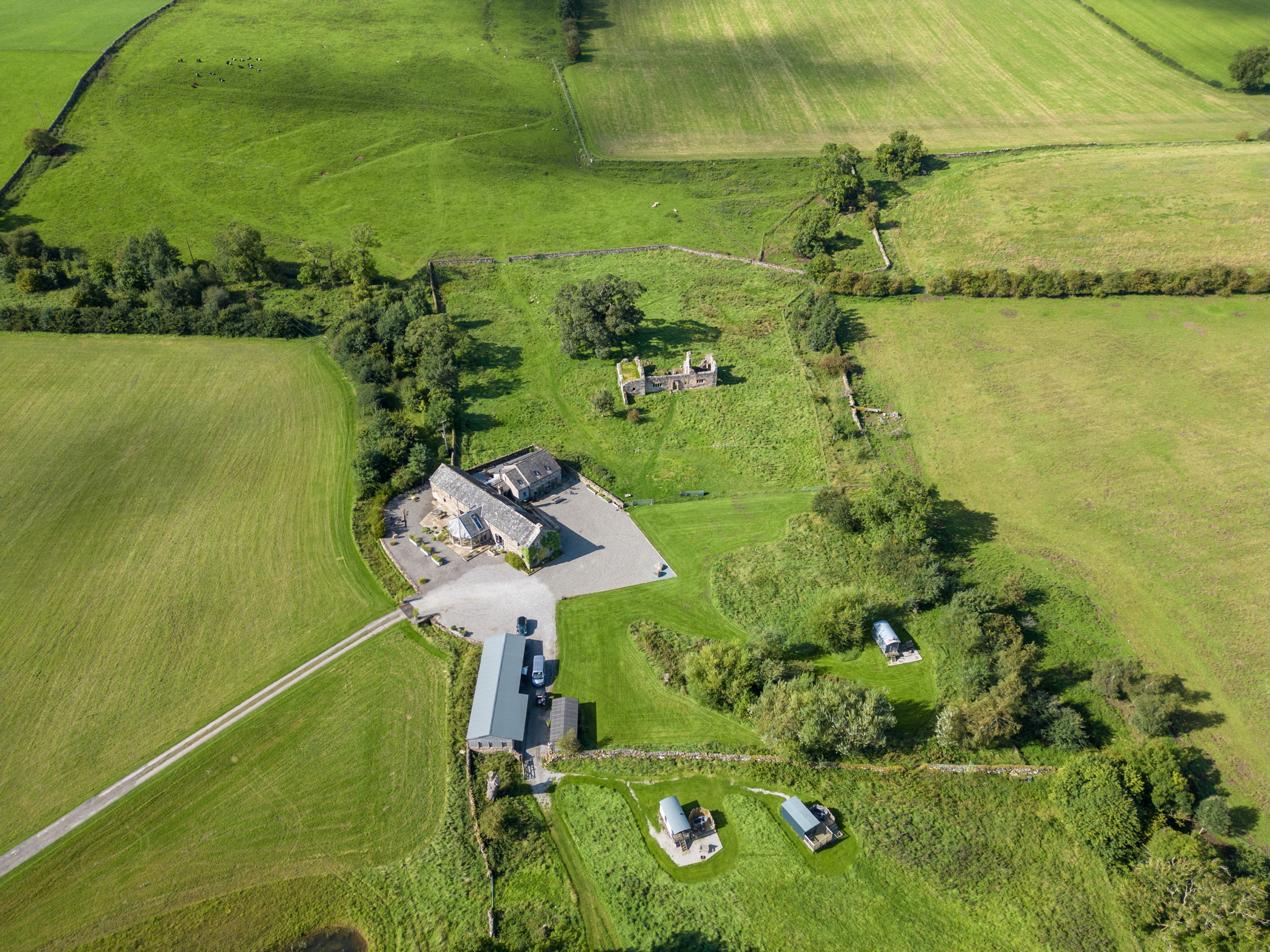
By devoting a large area to wetlands and ponds, Crake Trees Manor Farm will be able to store 20 million litres of water at times of high rainfall. In addition, the river restoration and the reconnection of the floodplain, combined with the tree planting, will slow the flow of water that isn’t being stored in the ponds, further reducing the downstream flood risk. ‘Projects such as these are at the core of what Eden Rivers Trust does, but they would not be possible without people like Mike and Ruth, who are willing to give areas of land to make space for water and wildlife for the benefit of everyone,’ explains an Eden Rivers spokesperson.

Credit: Strutt and Parker
Best country houses for sale this week
An irresistible West Country cottage and a magnificent Cumbrian country house make our pick of the finest country houses for
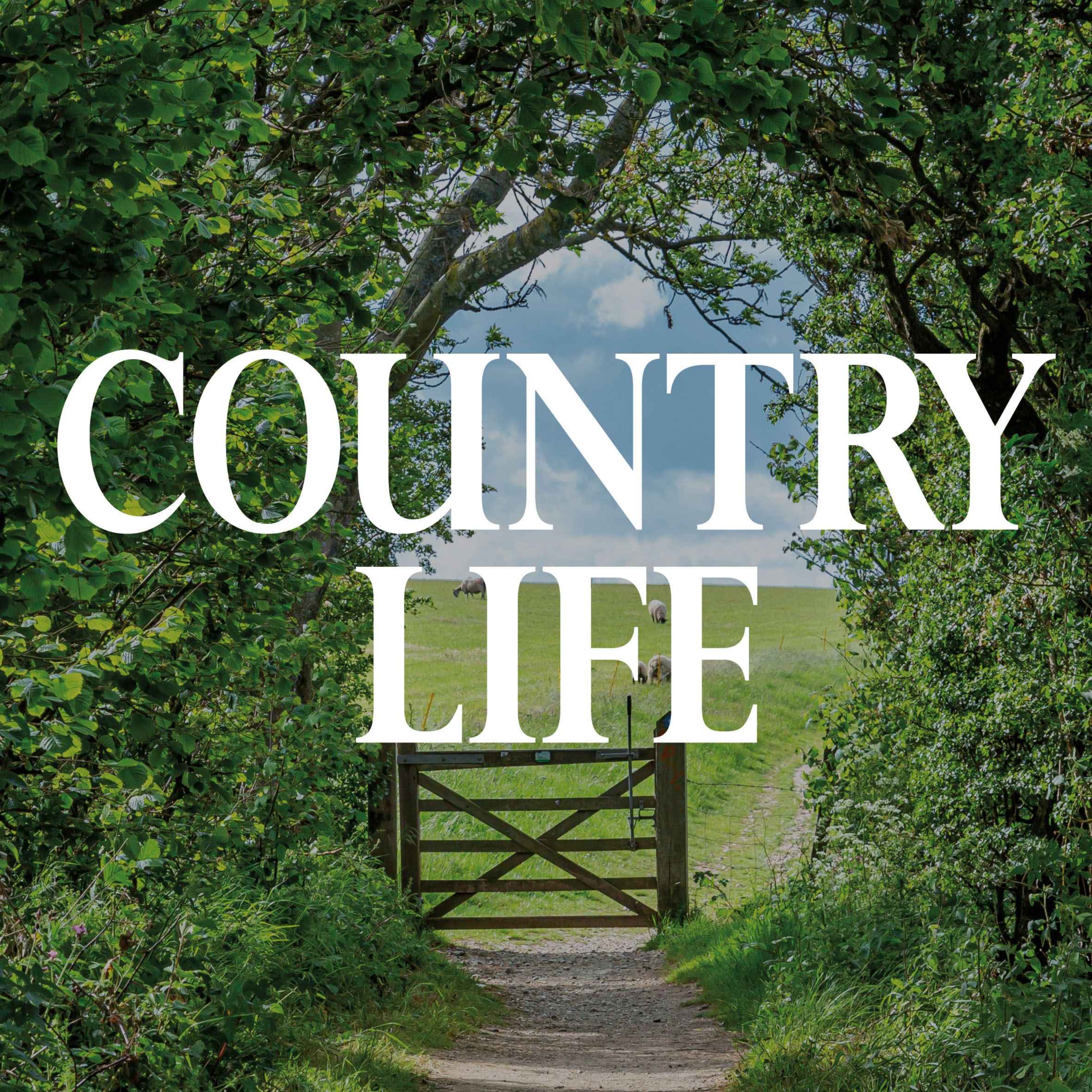
The Country Life Podcast
Listen to all the episodes of the Country Life Podcast.

Credit: Jake Eastham
Rothay Manor — The Lake District as it should be: fresh air, breathtaking views, hearty food and a good night’s sleep
Octavia Pollock checks into Rothay Manor in Ambleside, Cumbria.
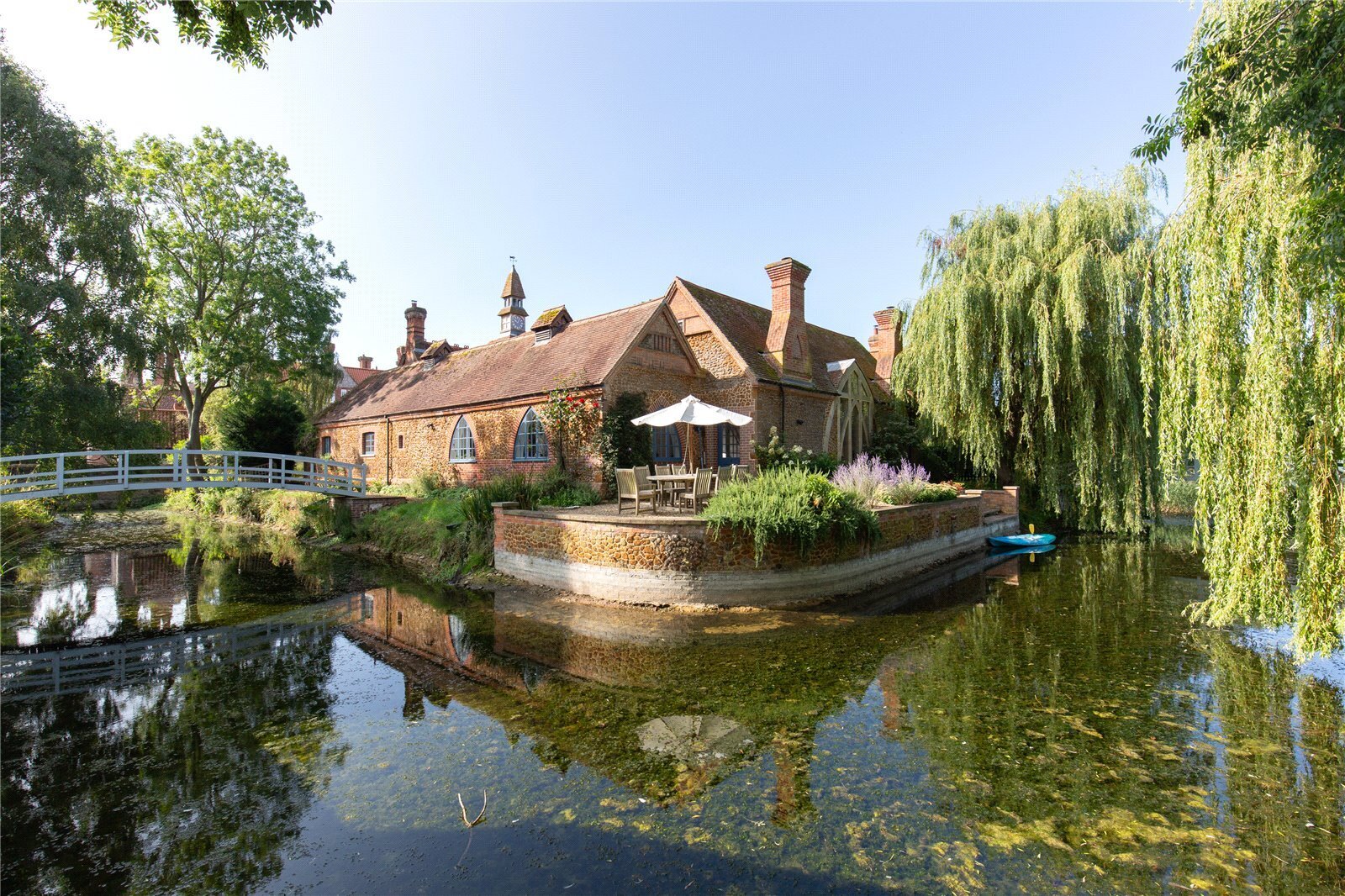
A Victorian clocktower with its own moat, and just a stone's throw from one of Norfolk's most beautiful beaches
With more than two acres of immaculate garden and grounds, five bedroom The Clock Tower in Old Hunstanton is packed
-
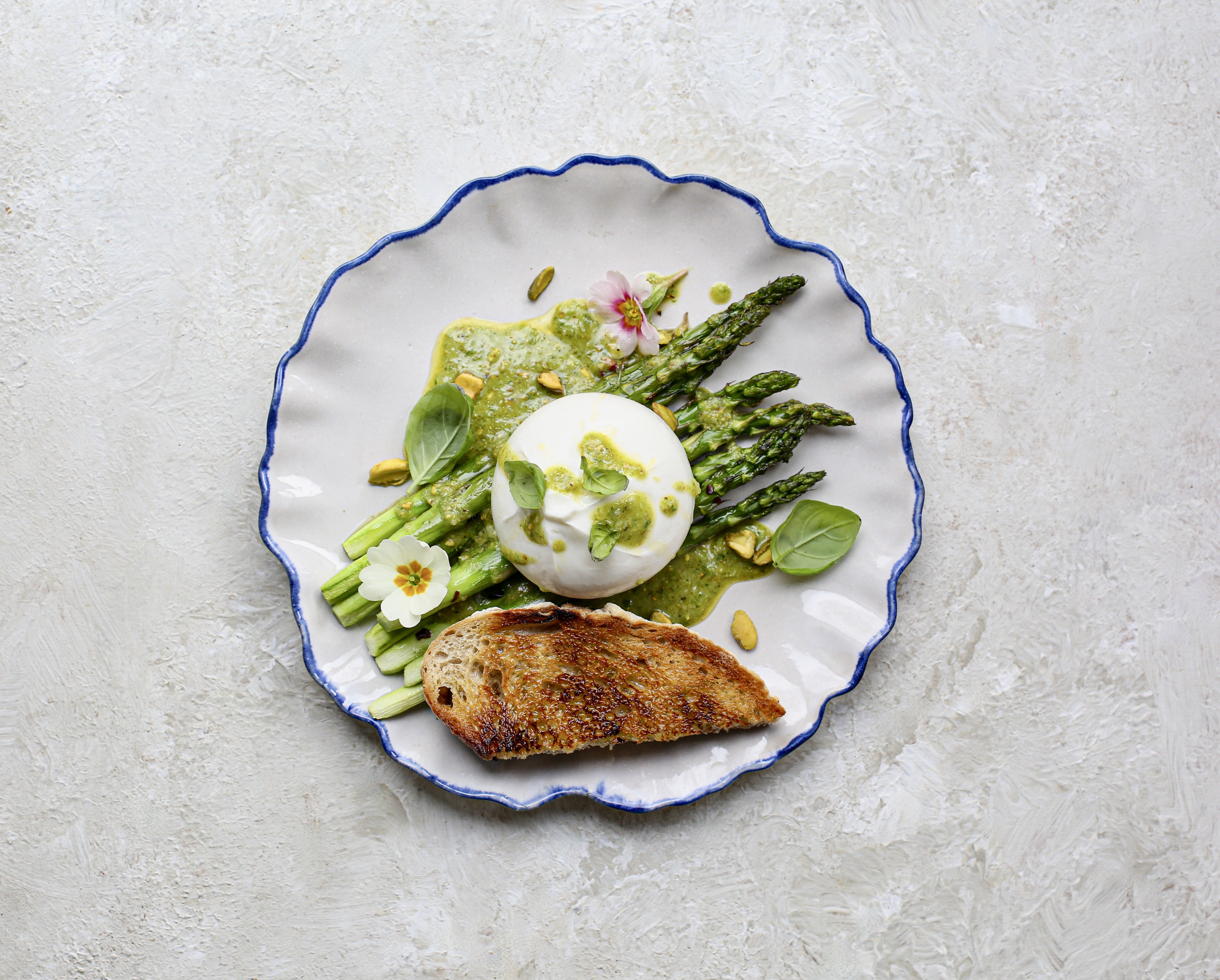 Two quick and easy seasonal asparagus recipes to try this Easter Weekend
Two quick and easy seasonal asparagus recipes to try this Easter WeekendAsparagus has royal roots — it was once a favourite of Madame de Pompadour.
By Melanie Johnson Published
-
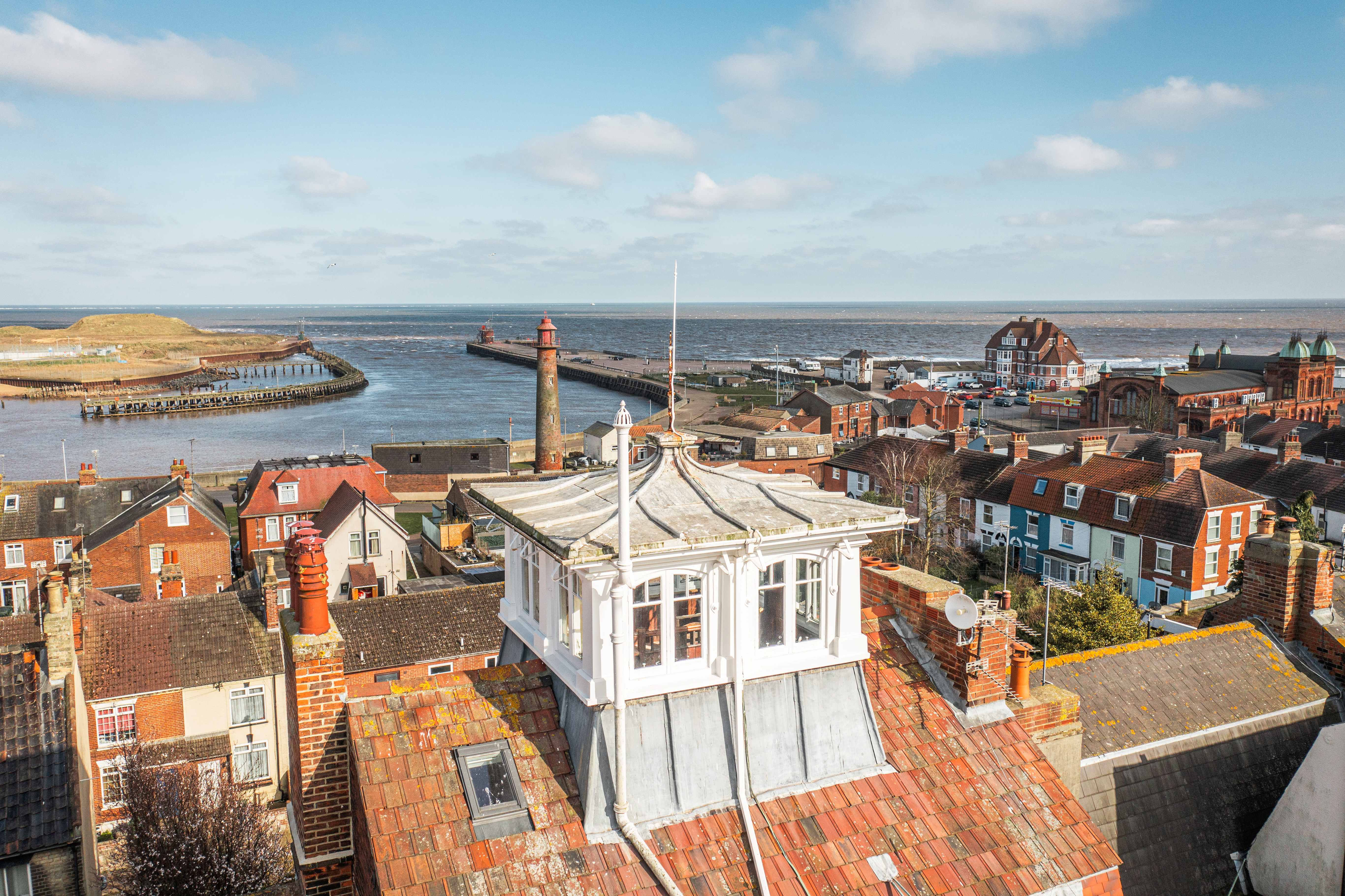 Sip tea and laugh at your neighbours in this seaside Norfolk home with a watchtower
Sip tea and laugh at your neighbours in this seaside Norfolk home with a watchtowerOn Cliff Hill in Gorleston, one home is taller than all the others. It could be yours.
By James Fisher Published
-
 Sip tea and laugh at your neighbours in this seaside Norfolk home with a watchtower
Sip tea and laugh at your neighbours in this seaside Norfolk home with a watchtowerOn Cliff Hill in Gorleston, one home is taller than all the others. It could be yours.
By James Fisher Published
-
 A Grecian masterpiece that might be one of the nation's finest homes comes up for sale in Kent
A Grecian masterpiece that might be one of the nation's finest homes comes up for sale in KentGrade I-listed Holwood House sits in 40 acres of private parkland just 15 miles from central London. It is spectacular.
By Penny Churchill Published
-
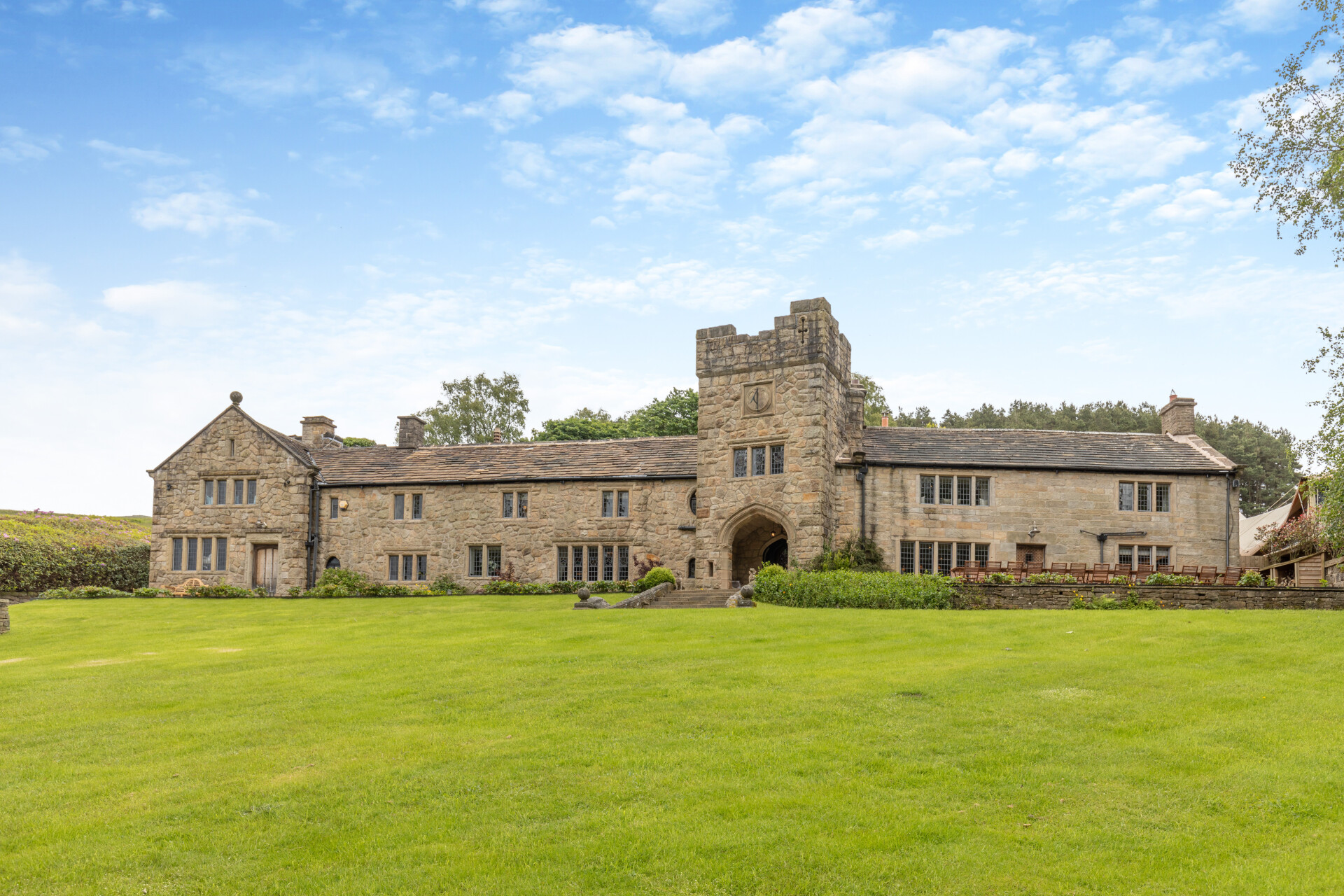 Some of the finest landscapes in the North of England with a 12-bedroom home attached
Some of the finest landscapes in the North of England with a 12-bedroom home attachedUpper House in Derbyshire shows why the Kinder landscape was worth fighting for.
By James Fisher Published
-
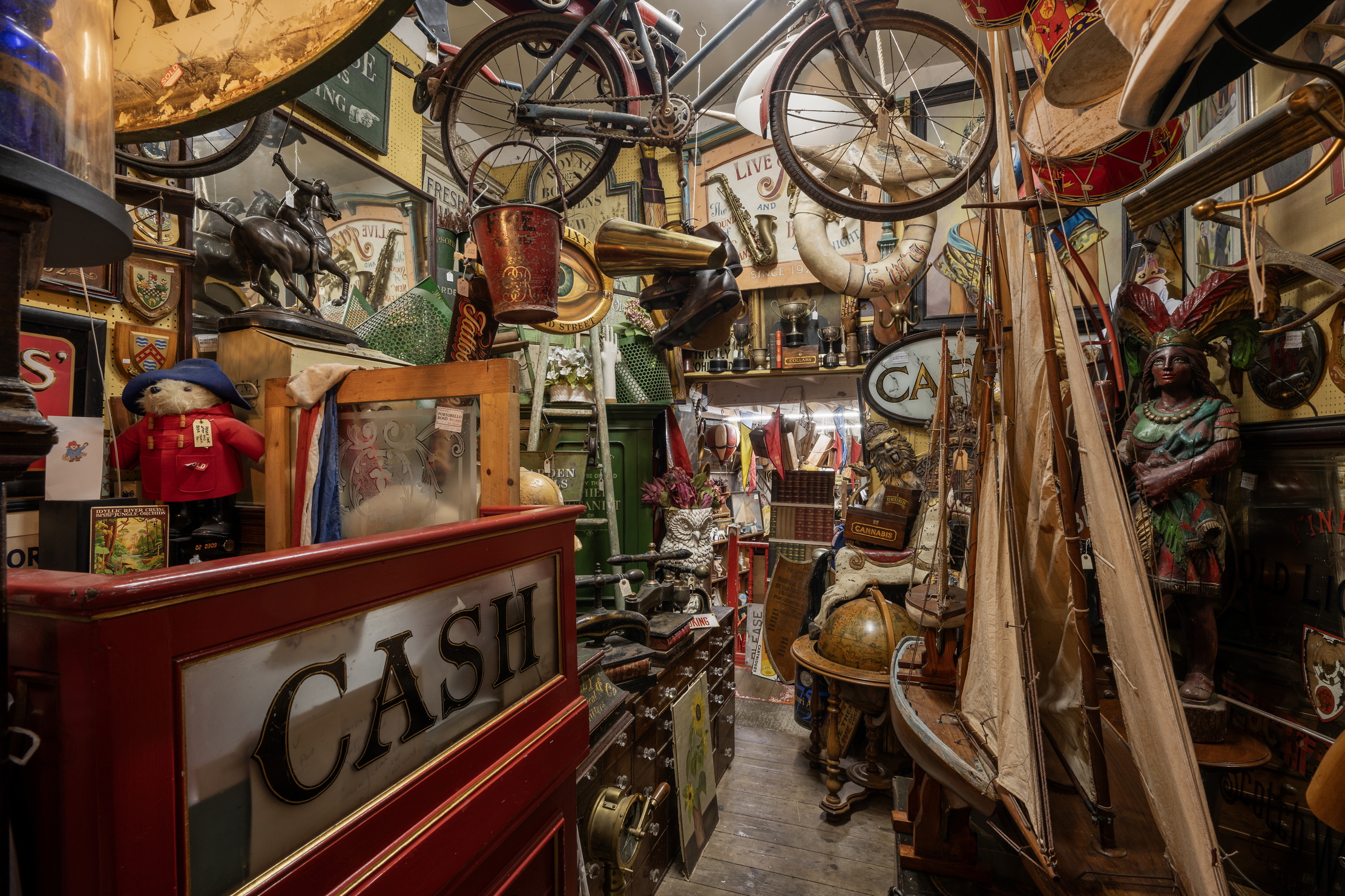 Could Gruber's Antiques from Paddington 2 be your new Notting Hill home?
Could Gruber's Antiques from Paddington 2 be your new Notting Hill home?It was the home of Mr Gruber and his antiques in the film, but in the real world, Alice's Antiques could be yours.
By James Fisher Published
-
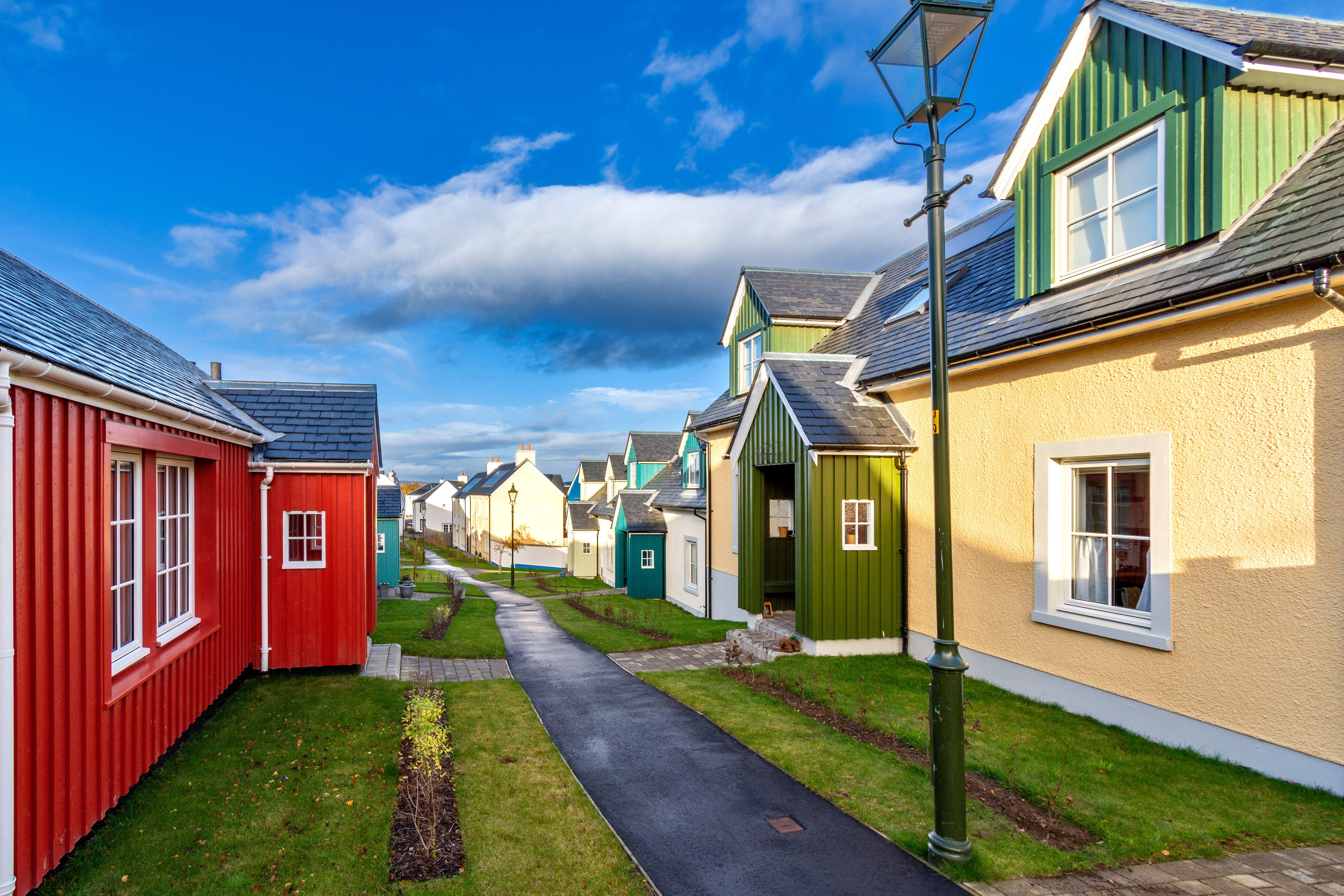 What should 1.5 million new homes look like?
What should 1.5 million new homes look like?The King's recent visit to Nansledan with the Prime Minister gives us a clue as to Labour's plans, but what are the benefits of traditional architecture? And can they solve a housing crisis?
By Lucy Denton Published
-
 Welcome to the modern party barn, where disco balls are 'non-negotiable'
Welcome to the modern party barn, where disco balls are 'non-negotiable'A party barn is the ultimate good-time utopia, devoid of the toil of a home gym or the practicalities of a home office. Modern efforts are a world away from the draughty, hay-bales-and-a-hi-fi set-up of yesteryear.
By Madeleine Silver Published
-
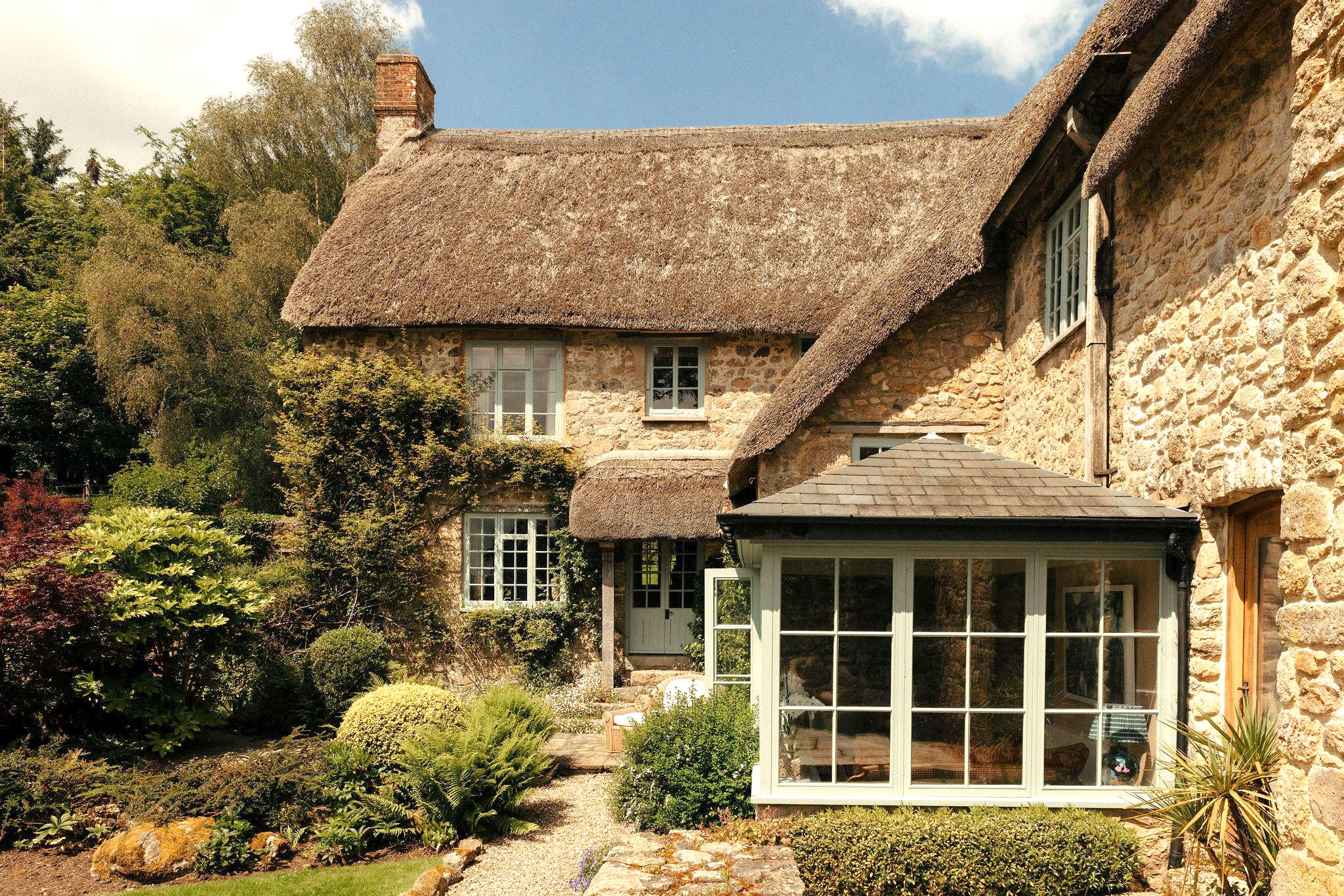 Five beautiful homes, from a barn conversion to an island treasure, as seen in Country Life
Five beautiful homes, from a barn conversion to an island treasure, as seen in Country LifeOur pick of the best homes to come to the market via Country Life in recent days include a wonderful thatched home in Devon and a charming red-brick house with gardens that run down to the water's edge.
By Toby Keel Published
-
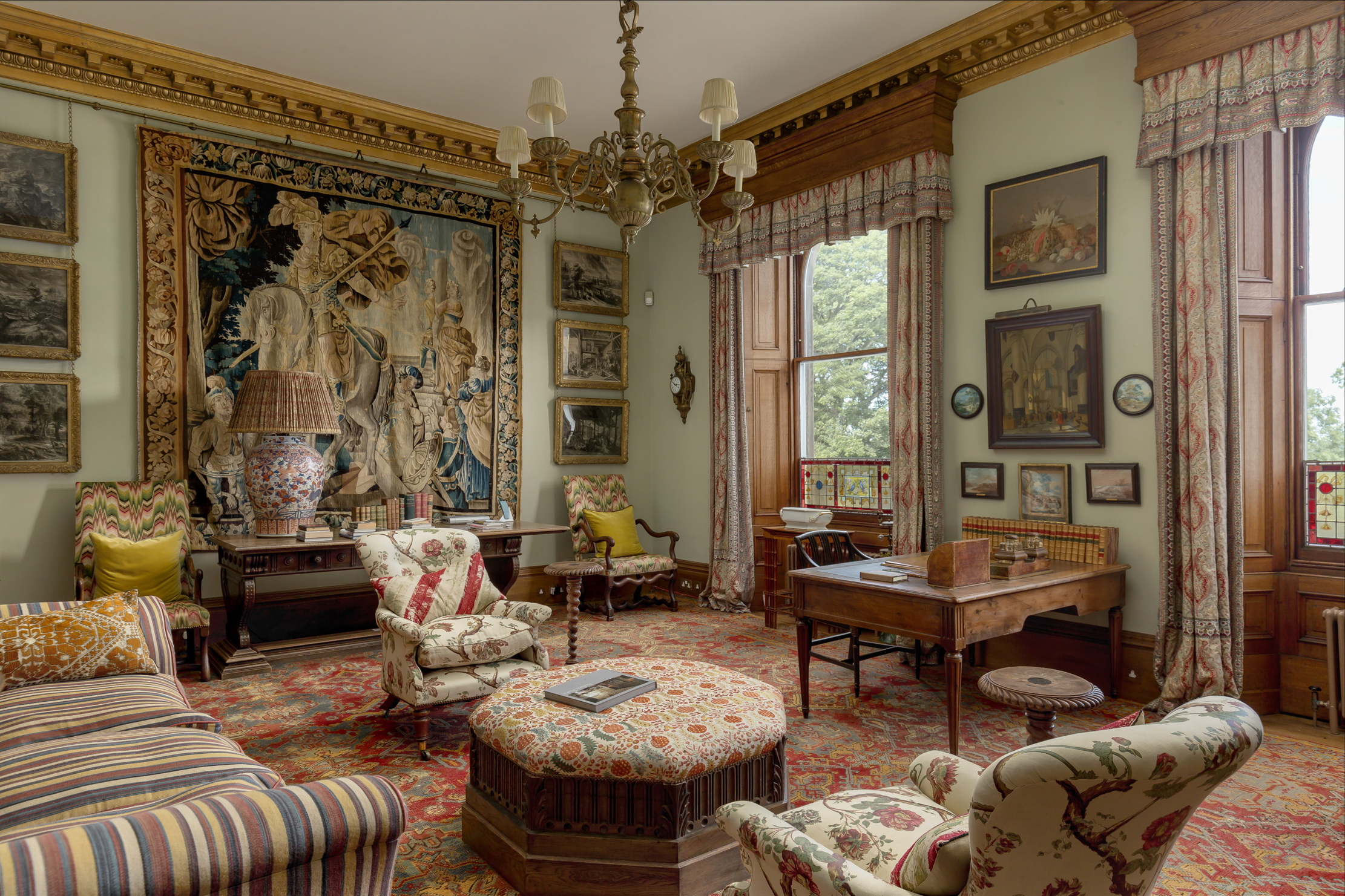 The finest interiors in Edinburgh? A seven-bedroom townhouse furnished by Robert Kime comes to market
The finest interiors in Edinburgh? A seven-bedroom townhouse furnished by Robert Kime comes to marketSituated on one of the New Town's grandest terraces, this four-storey property is a collector's dream.
By James Fisher Published
